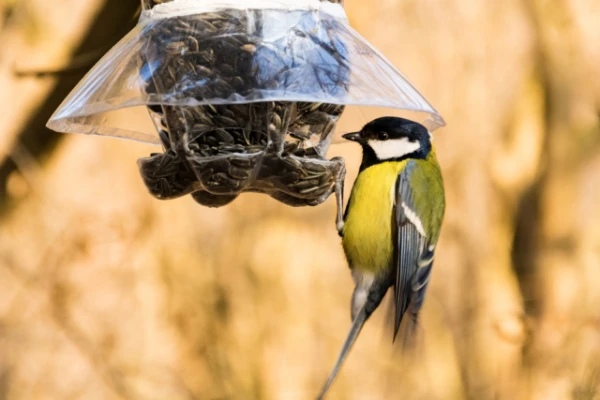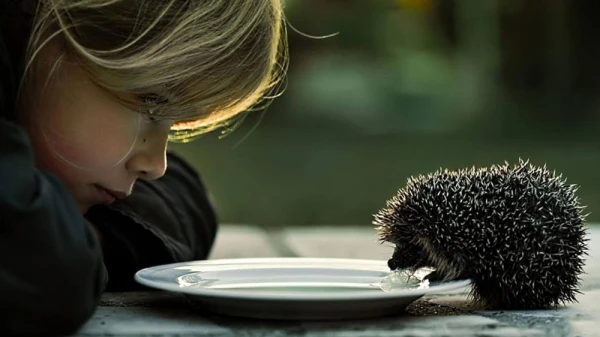
A new study on the impact of so-called ‘forever chemicals’ on wildlife has yielded unexpected results. Scientists found that swallows living in industrialized regions of the U.S. exhibit high concentrations of per- and polyfluoroalkyl substances (PFAS) in their body tissues. However, contrary to concerns, this exposure did not have any visible negative effects on their health.
What are ‘forever chemicals’ and why are they dangerous
PFAS are synthetic compounds that have earned their name due to their exceptional resistance to natural degradation. They accumulate in the environment, entering through industrial emissions, wastewater, and everyday products: stain-resistant coatings for fabrics and clothing, non-stick coatings for cookware, food packaging, firefighting foam, etc.
‘Forever chemicals’ have already been found in soil, water, plants, animals, and even in the human body worldwide. Laboratory studies link them to serious health consequences, including cancer and reproductive diseases. However, their actual impact on wild populations in natural conditions is still poorly understood, writes Phys.org.
Pollution exists, but no consequences?
Scientists conducted a large-scale field study examining swallow populations in various locations across the U.S. — from military bases to areas near major cities. The analysis showed a clear pattern: the closer the territory was to potential sources of pollution (industrial sites, cities, or areas where firefighting agents are used), the higher the concentration of PFAS in the birds' bodies.
Despite the high levels of chemical exposure, scientists found no statistically significant correlation between PFAS concentration and key indicators of reproductive health in swallows. This means that the survival rate of clutches remained unchanged, and the development of chicks did not deviate from the norm — they successfully reached the age at which they could fly independently.
These surprising results raise new questions for science. Why do swallows, unlike many other species, show such resilience? Perhaps these birds have effective physiological mechanisms for neutralizing or excreting toxins, or critical reproductive systems have proven resistant to specific types of PFAS. Swallows seem to have adapted to coexist with humans and their industrial activities; however, this does not negate the potential threat of ‘forever chemicals’ to other, more vulnerable links in the ecosystem.













